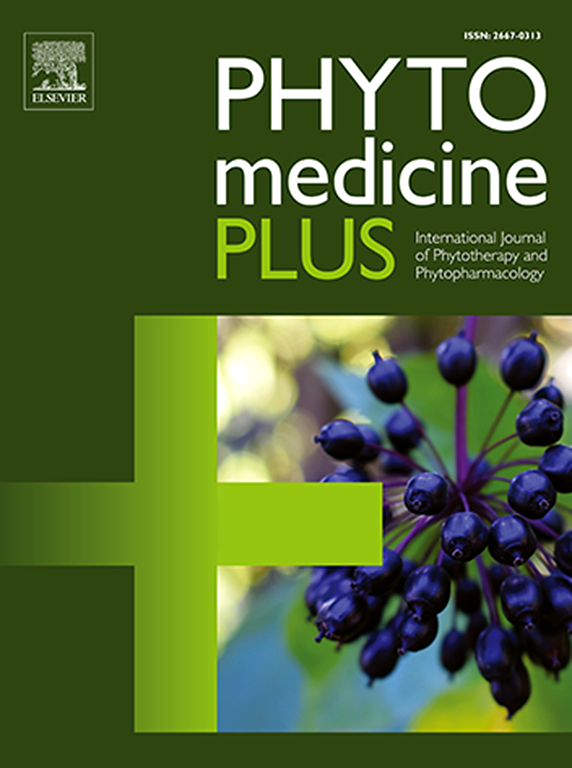Protective role of curcumin in cadmium-induced physiological and reproductive toxicity in male BALB/c mice
Q3 Pharmacology, Toxicology and Pharmaceutics
引用次数: 0
Abstract
Cadmium is one of the main worries these days due to its various harmful health effects, including adverse reproductive health concerns on humans. To overcome the side effects of synthetic drugs, we aimed to evaluate curcumin’s preventive role against cadmium-induced toxicity using an in vivo animal model. Treatment groups included control, cadmium chloride (6 mg/kg b.w.), curcumin (20 mg/kg b.w.), and cadmium chloride + curcumin (6 mg/kg and 20 mg/kg b.w., respectively), and the dosage was continued for 21 days. Our result demonstrated that curcumin ameliorates organs’ weight and sperm morphologies and improves the viability and fertility of sperm. Curcumin treatment led to a significant increase in catalase and SOD levels in the testis, liver, and kidney. Testosterone levels also got elevated; however, levels of Estradiol-17β decreased on treatment with curcumin. Moreover, the treatment restored vital genes such as Cyp19A1 and 3β-HSD, which were downregulated due to cadmium toxicity. Histological alterations due to cadmium toxicity in the testis, epididymis, and liver were restored with curcumin treatment. Results of H/E staining of the testis exhibited that the vacuolization of germinal epithelium due to cadmium toxicity improved due to curcumin treatment. Also, the concentration of the spermatogonia and spermatids appeared normal, and the seminiferous epithelium became well-organized. Histology of the liver showed that hepatocytes recovered in contrast to the cadmium-treated animals, and no infiltration of inflammatory cells was observed. However, future research needs to be envisioned to improve the oral bioavailability of curcumin, as it could act as a prospective candidate for the treatment of cadmium toxicity.
姜黄素对镉致雄性BALB/c小鼠生理和生殖毒性的保护作用
由于镉对健康的各种有害影响,包括对人类生殖健康的不利影响,镉是当今最令人担忧的问题之一。为了克服合成药物的副作用,我们旨在通过体内动物模型评估姜黄素对镉致毒性的预防作用。对照组、氯化镉组(6 mg/kg b.w)、姜黄素组(20 mg/kg b.w)、氯化镉+姜黄素组(分别为6 mg/kg和20 mg/kg b.w),连续给药21 d。我们的结果表明,姜黄素改善器官的重量和精子形态,提高精子的活力和生育能力。姜黄素治疗导致睾丸、肝脏和肾脏过氧化氢酶和超氧化物歧化酶水平显著增加。睾丸激素水平也有所上升;然而,姜黄素治疗后雌二醇-17β水平下降。此外,处理恢复了因镉中毒而下调的重要基因,如Cyp19A1和3β-HSD。姜黄素治疗后,睾丸、附睾和肝脏因镉中毒引起的组织学改变得以恢复。H/E染色结果显示,姜黄素处理可改善镉中毒引起的生殖上皮空泡化。精原细胞和精细胞浓度正常,精原上皮组织良好。肝脏组织学显示,与镉处理动物相比,肝细胞恢复,未观察到炎症细胞浸润。然而,姜黄素的口服生物利用度有待进一步研究,因为它可以作为治疗镉毒性的潜在候选药物。
本文章由计算机程序翻译,如有差异,请以英文原文为准。
求助全文
约1分钟内获得全文
求助全文
来源期刊

Phytomedicine Plus
Medicine-Complementary and Alternative Medicine
CiteScore
3.70
自引率
0.00%
发文量
178
审稿时长
81 days
期刊介绍:
 求助内容:
求助内容: 应助结果提醒方式:
应助结果提醒方式:


